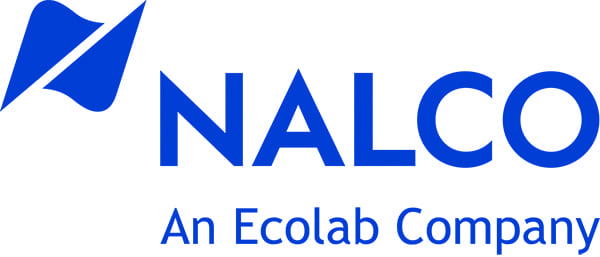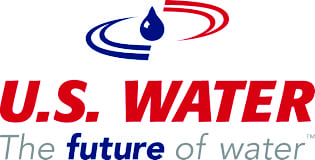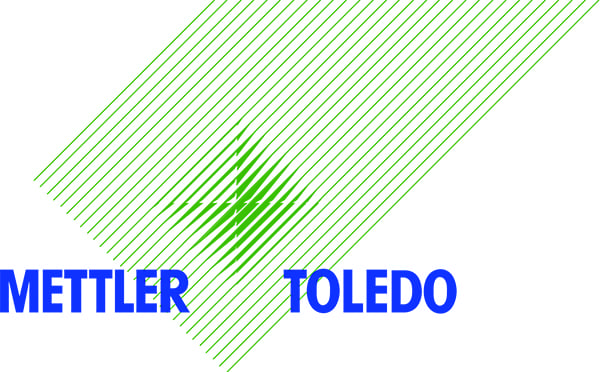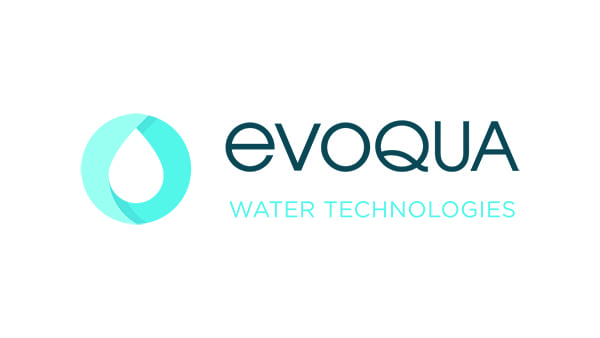Equipment Showcase: Corrosion Prevention and Water Treatment
Corrosion products can form quickly in power plant systems if water, air, and metal are allowed to occupy the same space. Localized corrosion can take any of several distinct forms, such as stress corrosion cracking of steam turbine blades; boiler-tube failures caused by corrosion fatigue; and low-cycle corrosion fatigue, pitting, and flow-accelerated corrosion of steam-cycle components. Furthermore, the costs associated with corrosion problems at power plants have been documented in the tens of billions of dollars annually. But steps can be taken; a proper water chemistry program combined with good operating practices will reduce corrosion, control long-term costs, and help to ensure reliable plant operation. Several companies offer products and services for water treatment and corrosion prevention. Some of the leading manufacturers and service companies are featured here.
Nalco Champion Launches Corrosion Inhibitor
Nalco Champion, an Ecolab company, has launched a yellow metal corrosion inhibitor for cooling water that provides asset protection to customers, while reducing environmental impact and improving supply stability compared to traditional treatment chemistries. This internally manufactured and patented innovation enhances Ecolab’s 3D TRASAR Technology that saves customers nearly 150 billion gallons of water a year. It does this by combining innovative chemistry, remote services, and sophisticated monitoring and control in 36,000 connected systems globally, collecting 27 billion data points that are used to deliver customized on-site expertise. 3D TRASAR systems detect the upsets that precede scaling, corrosion, and biofouling, and deliver the appropriate chemical response. The result is a balanced, efficient, and safe cooling, boiler, or membrane system that requires less maintenance, eliminates over- and under-dosing of chemicals, increases efficiency, protects production equipment, and reduces costs. Ecolab, St. Paul, Minnesota
U.S. Water’s MIOX System Controls Microorganisms
Fouling associated with excessive growth of microorganisms including bacteria, algae, and fungi is a natural, but preventable, issue in most cooling tower systems. As a common problem, facilities have a variety of chemical and mechanical disinfection solutions available when developing a treatment program. One method offered by U.S. Water utilizes a MIOX (mixed-oxidant) generating system for primary disinfection. The MIOX system uses salt combined with electricity to generate disinfectant at the point of use, and can be fed directly into the tower sump or injected into the circulation loop. The automated unit eliminates the delivery, storage, and handling of hazardous chemicals. The MIOX unit, paired with U.S. Water’s cooling tower control system, measures water temperature, pump speed, and flow rate to ensure a safe and efficient cooling tower management program. U.S. Water, St. Michael, Minnesota
Online Analyzers Ensure Proper Cycle Chemistry
METTLER TOLEDO offers a full portfolio of water analyzers for monitoring contamination in power plant cycle chemistry. The 2300Na sodium analyzer, 2800Si silica analyzer, and the innovative 3000CS chloride and sulfate analyzer together with total organic carbon (TOC), conductivity, pH, and dissolved oxygen (DO) measurements provide the analytics needed to prevent turbine and boiler corrosion. The 3000CS provides a unique online monitoring solution for highly corrosive chloride and sulfate. Typically, these contaminants are detected using inferred measurements such as degassed cation conductivity, which provides a cumulative measurement of corrosive contaminants and removes interference from carbon dioxide, ammonia, and amines. However, with the increased use of amines, the concentration of decomposition byproducts like acetate and formate is unpredictable and not differentiated from chloride and sulfate levels using a conductivity measurement. Especially in cycling plants, where critical components are exposed to corrosive conditions for longer periods, direct measurement can confirm that chloride and sulfate are within acceptable limits before startup. To provide specific, continuous measurement, METTLER TOLEDO’s 3000CS analyzer combines microfluidic capillary electrophoresis (MCE) and conductivity to monitor chloride and sulfate at part per billion-levels. METTLER TOLEDO, Columbus, Ohio
Olympus’ Pipecheck Software Helps with Corrosion Monitoring
Olympus now distributes Pipecheck Analyze software from Creaform, a solution that provides advanced tools for corrosion monitoring, including code-compliant burst pressure calculations. Pipecheck Analyze software supports phased-array ultrasonic testing (PAUT) data files for corrosion analysis. When paired with an OmniScan flaw detector, Pipecheck provides true wall-thickness analysis based on a combination of integrity assessment calculations. The system provides data on wall thickness, strength, the river bottom path, the maximum allowable operating pressure, burst pressure, the worst-case profile, and remaining-life calculations. The length, width, and maximum depth for each indication found are automatically calculated; the user does not need to size them manually. The software offers 3-D visualizations of the pipe and indications, as well as 2-D color mapping with river bottom path overlay. Scans can be stitched together to see potential corrosion locations over a larger area. UT technology paired with a Creaform laser scanner enables users to map both the inside and outside surfaces of a pipe. Olympus Corporation of the Americas, Center Valley, Pennsylvania
Emergency Water Treatment Systems
Evoqua Water Technologies offers temporary and mobile treatment systems in configurations to ensure that water supplies remain uninterrupted and unaffected by emergency or short-term issues that arise. These systems offer a range of treatment options, including clarification, media filtration, membrane filtration, demineralization, reverse osmosis, and induced air flotation. Systems are either skid- or trailer-mounted in Evoqua’s state-of-the-art, climatized assets. Trailers contain instrumentation and equipment for a fully automatic and monitored operation, and are backed by an inventory of critical components. Furthermore, Evoqua can service and exchange these trailers with rapid response and a quick turnaround. Evoqua Water Technologies, Pittsburgh, Pennsylvania




